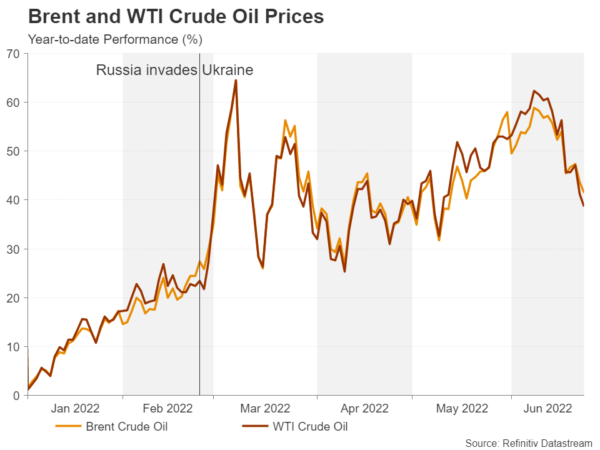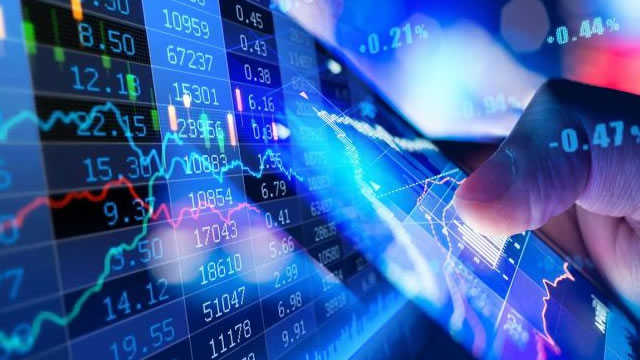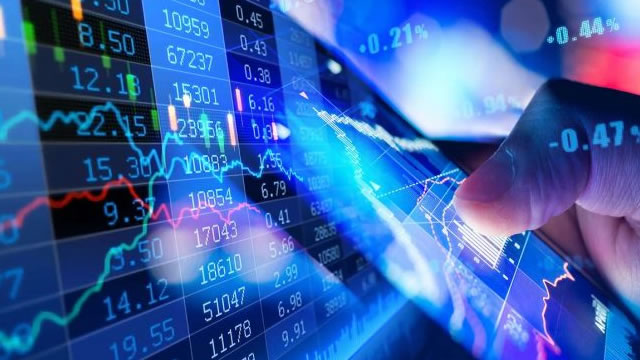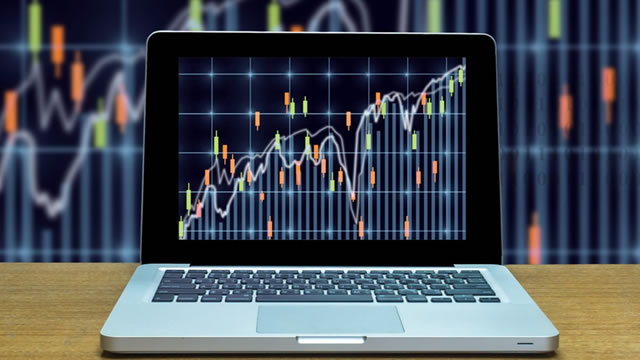It’s Time to Talk Commodities
A Year of Surprises
It’s been a stellar year for commodities as geopolitical turmoil and the pandemic have sparked a global supply crunch in industrial, energy, and agricultural sectors. Who would have thought that a year filled with so much chaos and uncertainty would end up benefitting the commodities market?
Industrial Sector
The industrial sector has seen a surge in demand for materials such as copper, aluminum, and steel as countries around the world ramp up infrastructure projects to stimulate their economies. This increased demand has led to supply shortages, driving up prices and benefiting commodity producers.
Energy Sector
The energy sector has also experienced a boom as countries shift towards cleaner sources of energy and invest in renewables. This has led to increased demand for materials such as lithium, cobalt, and nickel, which are essential for batteries used in electric vehicles and energy storage systems.
Agricultural Sector
In the agricultural sector, extreme weather events and disruptions in the global supply chain have led to food shortages and price spikes. This has benefited agricultural commodities such as wheat, corn, soybeans, and sugar, as countries scramble to secure their food supply.
How Does This Affect Me?
As a consumer, you may start to see higher prices at the grocery store as food prices continue to rise. Additionally, if you drive an electric vehicle or use renewable energy, you may see an increase in the cost of these products as the demand for key materials surges.
How Does This Affect the World?
The global supply crunch in commodities has the potential to create economic instability and geopolitical tensions as countries compete for access to essential materials. This could lead to trade disputes, resource conflicts, and a reshaping of global power dynamics.
In Conclusion
While the surge in commodities may bring benefits to producers and investors, it also poses challenges for consumers and governments as they navigate a rapidly changing economic landscape. As we look to the future, it’s important to monitor the commodities market closely and be prepared for potential shifts in the global economy.





